As an avid reader of all kinds of books, I’ve often wondered the same thing.
Are the Harry Potter books considered “fantasy”, “young adult” or “adventure”?
Is the Hunger Games trilogy considered “sci-fi” or “dystopian fiction”?
Can books be more than one genre?
Whew! So many questions.
Luckily, this post has answers!
In the following guide, I’ll give you a tour of more than 40 of the most popular book genres, complete with real-deal examples.
So you can look at your book and boldly say you know EXACTLY what genre (or genres!) it belongs to.
Ready to get started?
Let’s begin!
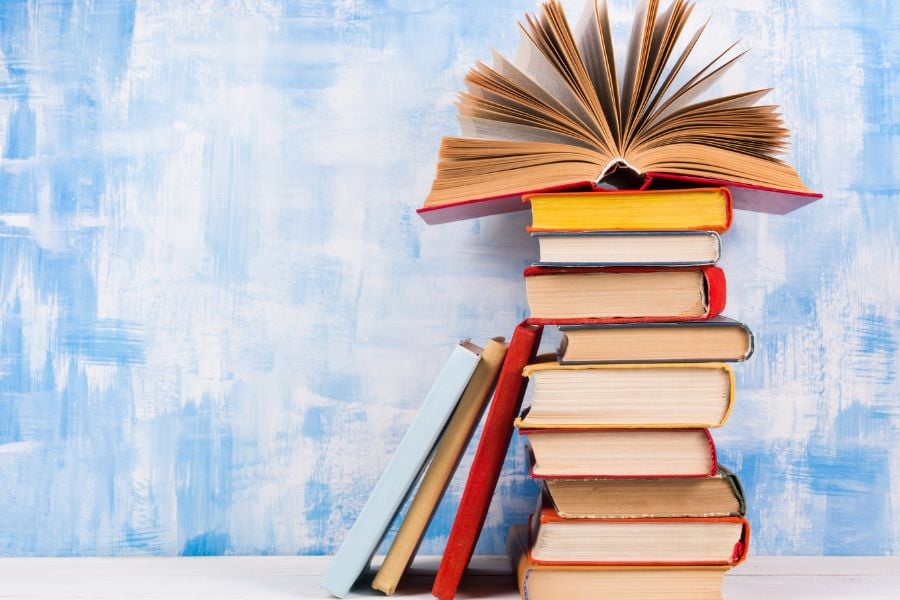
What is a Book Genre?
A book genre is a category that helps us organize different types of stories or writing. It’s like a label that gives you a quick idea of what to expect from a book.
Some common genres are mystery, romance, sci-fi, and non-fiction.
Each genre has its own set of typical elements or themes. For example, mysteries usually involve solving a crime, while romance focuses on relationships.
Genres are useful for readers to find books they might enjoy and for writers to understand the conventions of the style they’re working in. But keep in mind, many books blend different genres or don’t fit neatly into just one category.
Why Book Genres Matter
For readers, genres are signposts. When they pick up a book from a particular genre, they already have a sense of the world they’re about to step into.
For writers, genres offer a blueprint of what readers expect from the story. When a writer knows their genre, they can tell stories that resonate with their target audience, fulfilling those readers’ expectations while also adding their unique twist.
And within the larger overarching genres, there are also numerous sub-genres to add layers of specificity and nuance to stories.
There are genres in both fiction and nonfiction. Genres and subgenres give writers a guideline for what to write and tell readers what to expect.
Genres in Fiction
Fiction is the art of weaving narratives from imagination, taking readers on journeys they’ve never experienced before.
Through these tales, readers explore worlds, understand different perspectives, and connect with their own humanity.
Fantasy

At their core, fantasy stories are about whisking readers away from reality, immersing them in universes where anything is possible.
Key fantasy conventions include a magic system with its own set of rules, mythical creatures, grand quests, and often a battle between good and evil.
Typical fantasy tropes might involve a chosen one, magical artifacts, or prophecies foretelling great events.
Sample Subgenres of Fantasy
- High Fantasy: Set in alternative fictional worlds often with its own set of rules, magic systems, and species.
- Example: “The Lord of the Rings” by J.R.R. Tolkien
- Low Fantasy: Set in the real world but with magical or supernatural elements. Magic is often subtle and woven into the mundane.
- Example: “The Magicians” series by Lev Grossman.
- Urban Fantasy: Set in a city, often in modern times, blending the mundane with the magical.
- Example: “The Dresden Files” series by Jim Butcher
- Portal Fantasy: Stories where characters travel between our world and a fantasy world through a magical portal.
- Example: “The Chronicles of Narnia” series by C.S. Lewis
Science Fiction

Science fiction wrestles with questions about humanity’s place in the universe and the implications of our technological endeavors. It’s the realm where the boundaries of current science are stretched to their limits.
Central conventions of science fiction stories include advanced tech (think AI, space travel, or virtual realities), extraterrestrial life, and futuristic settings.
Common tropes? Time travel, interstellar wars, dystopian futures, and first contact with alien species.
Subgenres of Science Fiction
- Hard Science Fiction: Emphasize scientific accuracy and technical detail. These tales are built on actual scientific theories.
- Example: “The Mars Trilogy” by Kim Stanley Robinson.
- Space Opera: Characterized by space warfare, melodramatic adventure, and interplanetary battles, space operas are grand epic journeys through the universe.
- Example: “Dune” by Frank Herbert
- Steampunk: Characterized by steam-powered machinery, often set in an alternative Victorian era, with brass-tinted aesthetics.
- Example: “Perdido Street Station” by China Miéville.
- Time Travel: Centered on the concept of moving between different points in time, and often exploring the consequences of meddling with history.
- Example: “The Time Machine” by H.G. Wells.
Mystery

Mystery novels present readers with a crime, then challenge them to solve it alongside the protagonist.
In a mystery, the narrative is layered with red herrings, clues, and suspects, each with a motive.
Subgenres of Mystery
- Cozy Mystery: Light-hearted mysteries, often set in small communities. Free of explicit sex, violence, and gore.
- Example: Agatha Christie’s “Miss Marple” series.
- Hardboiled & Noir: Dark, gritty, and morally complex, featuring a cynical detective navigating an urban jungle of crime and corruption.
- Example: Raymond Chandler’s “Philip Marlowe” series.
- Police Procedural: Delves into the detailed, systematic methods the police use to solve crimes.
- Example: Ed McBain’s “87th Precinct” novels.
- Paranormal Mysteries: Blend elements of the supernatural or the unexplained with the traditional structure of a mystery.
- Example: Charlaine Harris’s “Harper Connelly” series.
Thrillers

If mysteries are about the cerebral challenge of solving a puzzle, thrillers are about the visceral reactions they elicit: the elevated heartbeat, the breath held in suspense, the incessant need to turn just one more page.
Protagonists in thrillers are often racing against time, battling overwhelming odds, and confronting dark and sinister forces.
Subgenres of Thriller
- Psychological Thriller: Mind games in literary form, full of twists and intricate character development.
- Example: “Gone Girl” by Gillian Flynn.
- Legal Thriller: Intense courtroom dramas with layers of legal complexity, delving into the intricacies of the law and moral ambiguities.
- Example: “A Time to Kill” by John Grisham.
- Medical Thriller: Focusing on medical scenarios, anomalies, or outbreaks.
- Example: “Coma” by Robin Cook.
- Supernatural Thriller: Where the supernatural collides with the everyday, creating an atmosphere of suspense and foreboding.
- Example: “House” by Peretti and Dekker
Romance

At its core, a romance novel guarantees one thing — a ‘happily ever after’ or a ‘happily for now’.
So, if a story leaves you with that warm, fuzzy feeling, the intoxicating high of love, you’ve lost yourself in the embrace of a romance novel.
Subgenres of Romance
- Contemporary Romance: Set in the current time period, these stories reflect modern love.
- Example: “The Rosie Project” by Graeme Simsion.
- Paranormal Romance: Where love meets the supernatural. Think vampires, werewolves, and other mythical creatures.
- Example: “Twilight” by Stephenie Meyer.
- Regency Romance: Set during the British Regency period, often featuring societal classes and their associated tensions.
- Example: “The Duke and I” by Julia Quinn.
- Inspirational Romance: Love intertwined with faith, exploring how spiritual beliefs shape romantic relationships.
- Example: “Redeeming Love” by Francine Rivers.
Dystopian
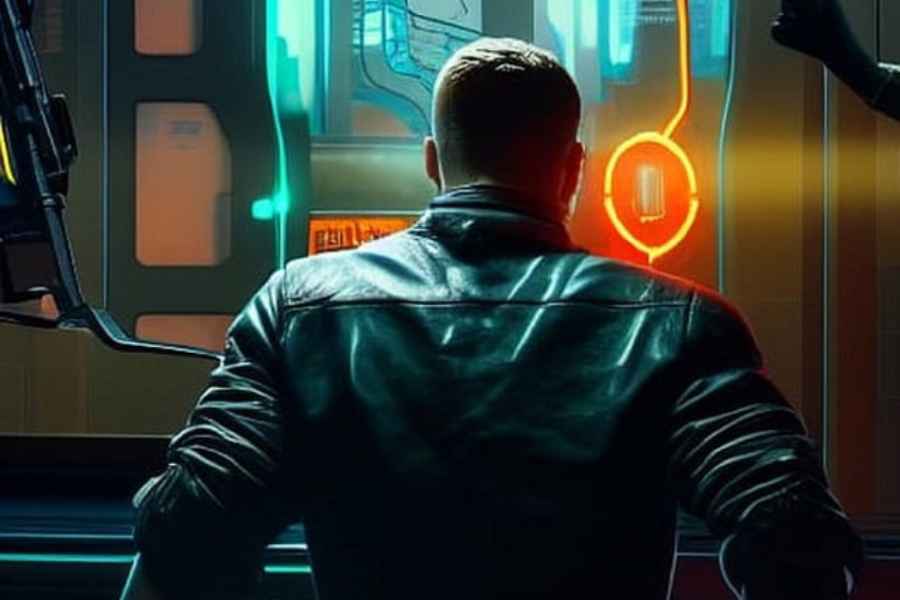
Dystopian literature explores a future gone awry, providing a cautionary tale about our worst fears for the world.
Subgenres of Dystopian Fiction
- Technological Dystopia: Delves into the adverse effects of technology.
- Example: “1984” by George Orwell.
- Post-Apocalyptic Dystopia: Exploring survival in a world left in ruins.
- Example: “The Road” by Cormac McCarthy.
- Societal Dystopia: Worlds where societal structures go horribly wrong.
- Example: “Brave New World” by Aldous Huxley.
- Philosophical Dystopia: Plunging into moral and philosophical quandaries, exploring what it truly means to be human.
- Example: “Never Let Me Go” by Kazuo Ishiguro.
Historical Fiction
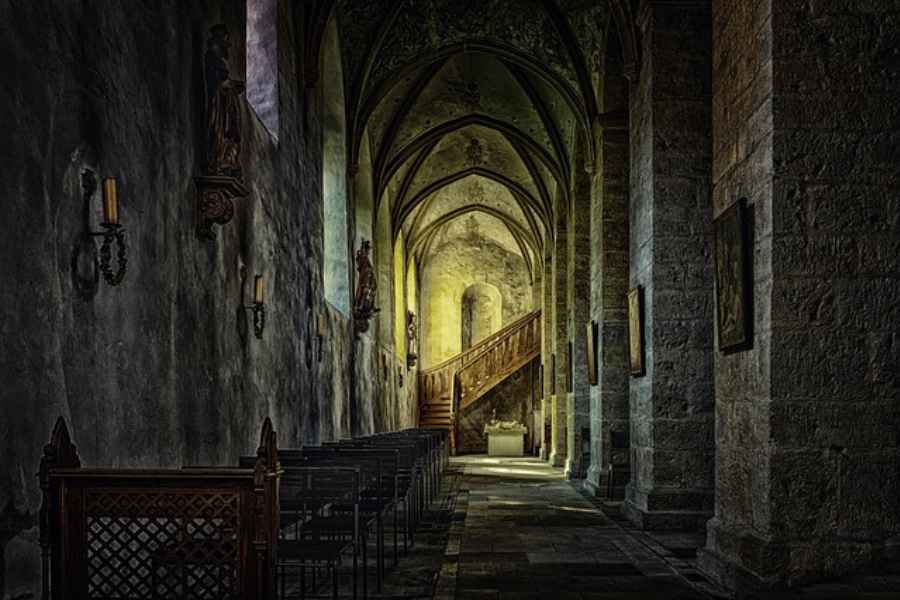
Historical fiction brings the past alive, blending real events with imagined narratives. These stories bridge the gap between fact and fiction, allowing us to live the moments that have shaped our world.
Subgenres of Historical Fiction
- Biographical: Center around real historical figures, offering a fictionalized account of their lives.
- Example: “The Other Boleyn Girl” by Philippa Gregory.
- Alternate History: Pose alternate outcomes to real historical events.
- Example: “Fatherland” by Robert Harris.
- Historical Adventure: Treks, and quests set in the past.
- Example: “The Three Musketeers” by Alexandre Dumas.
- Historical Mysteries/Thrillers: Crimes and mysteries set in the past, often incorporating real events or figures.
- Example: “The Name of the Rose” by Umberto Eco.
Genres in Nonfiction
Nonfiction genres ground us in reality. They tell stories of real people and real events, and they teach us about the world around us. Here are a few genres inside the nonfiction category.
Memoirs, Biographies, & Autobiographies
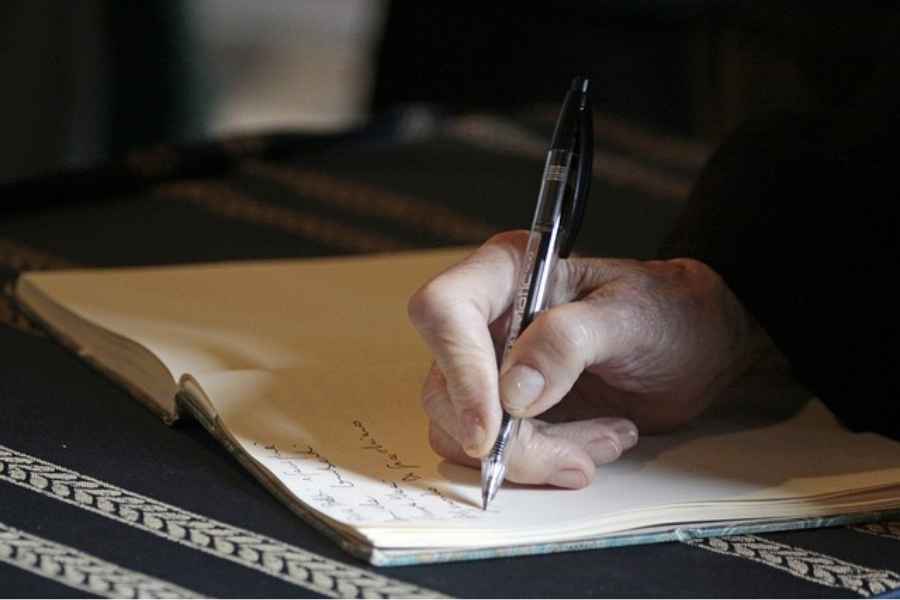
Memoirs are personal narratives that capture the essence of a person’s experiences. Biographies narrate the life of an individual from an outsider’s perspective, while autobiographies are the author’s own account of their life.
Subgenres of Memoirs, Biographies, & Autobiographies
- Travel Memoirs: Chronicles journeys across countries, capturing the essence of different cultures, challenges faced, and personal transformations.
- Example: “Eat, Pray, Love” by Elizabeth Gilbert.
- Historical Biographies: Deep dive into the lives of historical figures, emphasizing their contributions and challenges.
- Example: “The Life of Samuel Johnson” by James Boswell.
- Celebrity Autobiographies: Insights into the lives of famous personalities, encompassing both public personas and private challenges.
- Example: “Bossypants” by Tina Fey.
- Survivor Memoirs: Accounts of individuals who’ve endured severe hardships or personal traumas, emphasizing resilience and personal growth.
- Example: “Night” by Elie Wiesel.
Hobbies

Hobby books are centered around leisure activities, crafts, and passions. They offer instruction and inspiration, featuring step-by-step guidelines, narratives of personal experiences, and insights into the deeper meanings or histories behind specific hobbies.
Subgenres of Hobbies
- Craft & DIY: Guides that offer hands-on instructions for various crafts, from knitting to woodworking, often peppered with personal anecdotes or the historical background of the craft.
- Example: “The Life-Changing Magic of Tidying Up” by Marie Kondo for tidying and home organization.
- Gardening & Plant Care: Books that delve into the art and science of gardening, from growing herbs to landscaping. They might also touch upon the therapeutic benefits of spending time with plants.
- Example: “The Well-Tempered Garden” by Christopher Lloyd.
- Culinary & Cooking: More than mere recipe books, these explore the culture, science, and passion behind cooking, often coming with narratives or stories behind dishes.
- Example: “Salt, Fat, Acid, Heat” by Samin Nosrat.
- Travel & Adventure: Not exactly guidebooks, these focus on the essence of travel, personal experiences, and the profound impact of exploring new places.
- Example: “A Walk in the Woods” by Bill Bryson.
Self-Help

Self-help books, often brimming with optimism, offer tools and strategies for personal growth, enhancing well-being, and overcoming obstacles. They urge readers to introspect, challenge their status quo, and embrace change.
Subgenres of Self-Help
- Personal Development & Growth: Focused on holistic growth, these books provide strategies for enhancing one’s mindset, habits, and overall life approach.
- Example: “The 7 Habits of Highly Effective People” by Stephen R. Covey.
- Relationship & Communication: Delving into interpersonal skills, these books guide readers on fostering healthy relationships, effective communication, and understanding the dynamics of human interactions.
- Example: “Men Are from Mars, Women Are from Venus” by John Gray.
- Productivity & Time Management: Offering strategies to boost efficiency, overcome procrastination, and manage one’s time effectively, these books are often filled with actionable tips and tools.
- Example: “Atomic Habits” by James Clear.
- Financial Wellness: Focusing on monetary matters, from saving to investing, these books aim to equip readers with the knowledge to achieve financial independence and stability.
- Example: “Rich Dad Poor Dad” by Robert T. Kiyosaki.
History

History books are significant not just for their academic merit but for their role in ensuring that the lessons, legacies, and memories of the past are preserved for future generations.
Subgenres of History
- Ancient: Focusing on early civilizations, from Mesopotamia to Ancient Rome, these delve into the origins and developments of ancient societies.
- Example: “The History of the Ancient World” by Susan Wise Bauer.
- Military & War: Concentrating on battles, strategies, and the socio-political implications of wars, these books present in-depth analyses of conflicts and their consequences.
- Example: “The Guns of August” by Barbara W. Tuchman.
- Cultural & Social: Instead of political events, these books emphasize the evolution of societies, customs, and cultural transformations over time.
- Example: “At Home: A Short History of Private Life” by Bill Bryson.
The Magical World of Book Genres
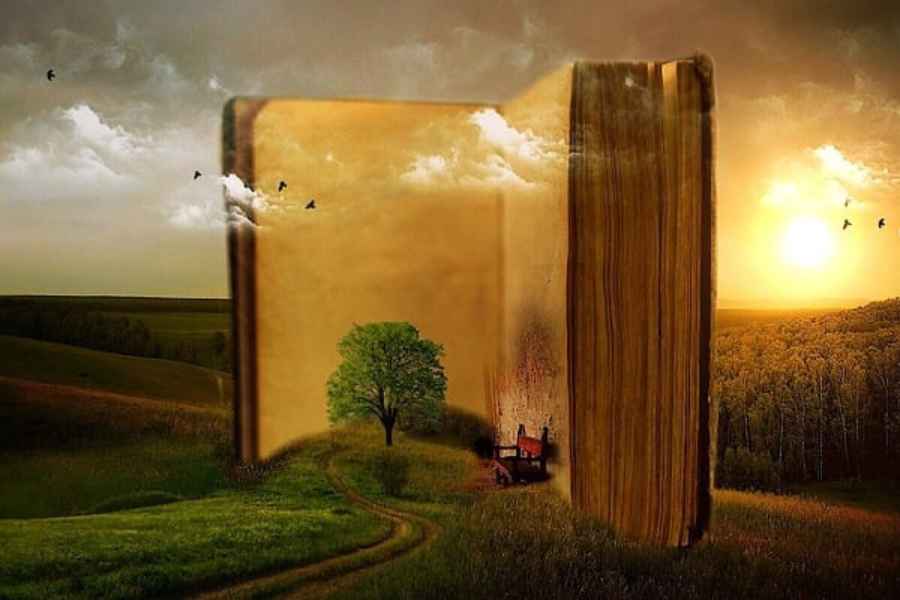
Whew! That was a lot of book genres and subgenres!
It’s kind of exciting though, right? Imaginary worlds, windows into history and treasure troves of knowledge, right at your fingertips?
Maybe you were able to identify your favorite book genres in this list, and maybe you learned a few new ones you’d like to dive into.
So what are you waiting for?
Head on over to your local library or bookstore and immerse yourself in your next captivating story!




